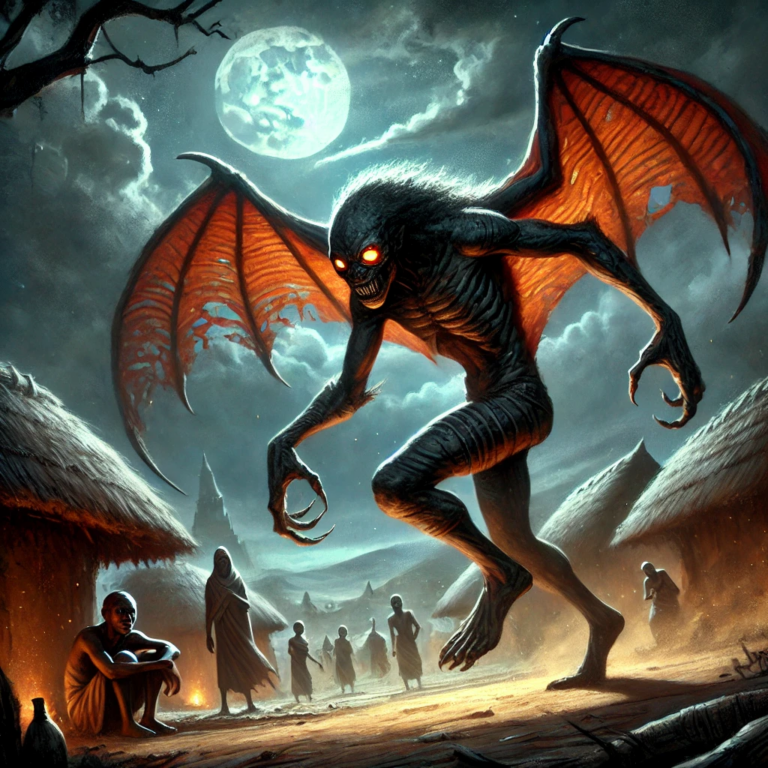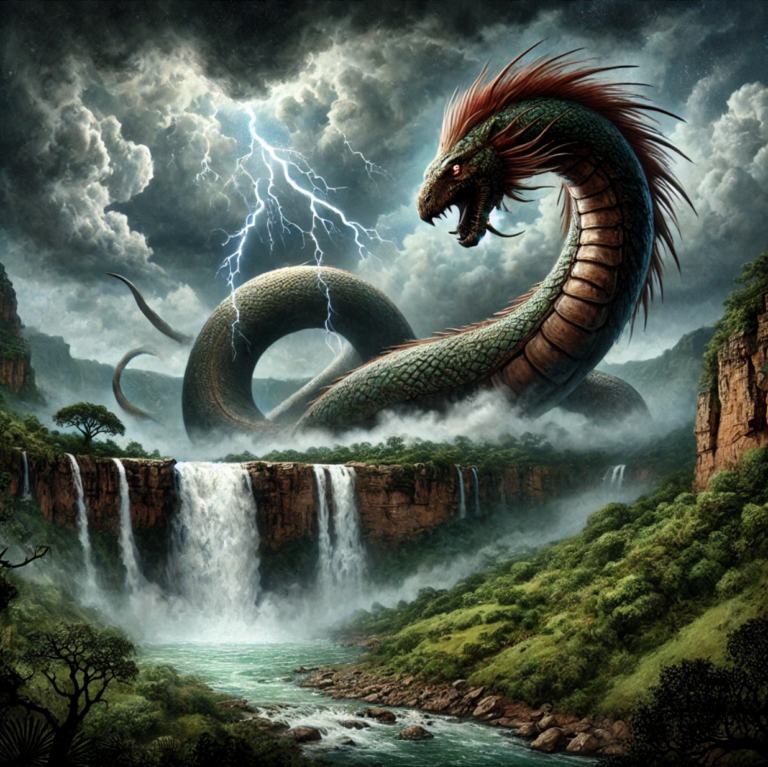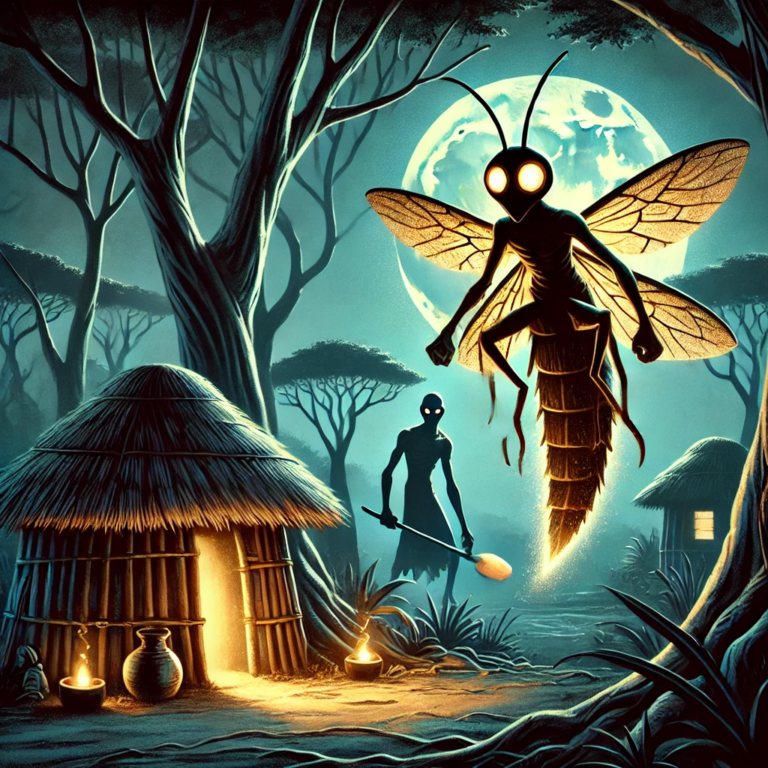
Popobawa
The Popobawa is a terrifying figure in modern East African folklore, particularly in the Zanzibar Archipelago and parts of Tanzania. Its legend has created widespread fear, and it has become one of the most infamous supernatural creatures in the region. The Popobawa is often described as a shape-shifting entity with connections to both traditional beliefs and more contemporary anxieties, evolving into a symbol of societal fears in post-colonial Tanzania.


